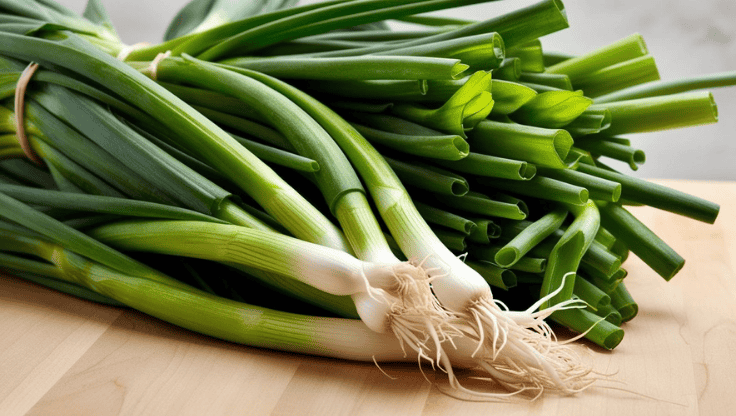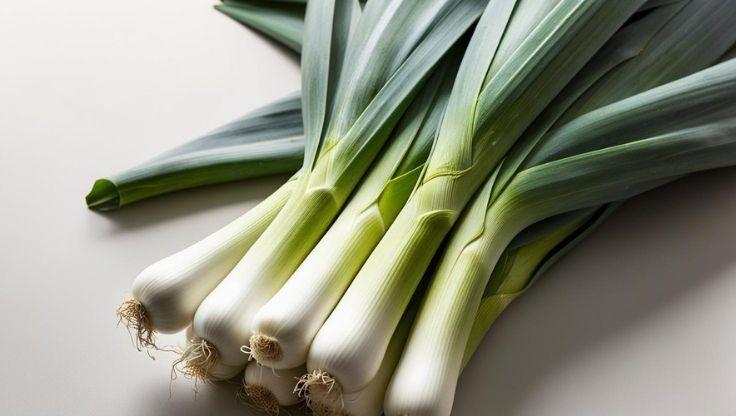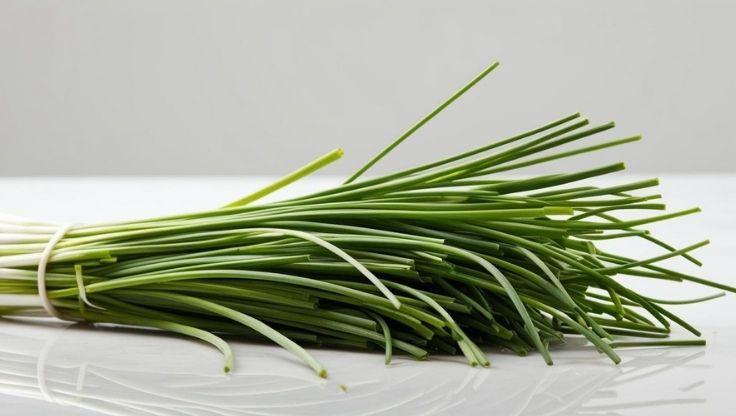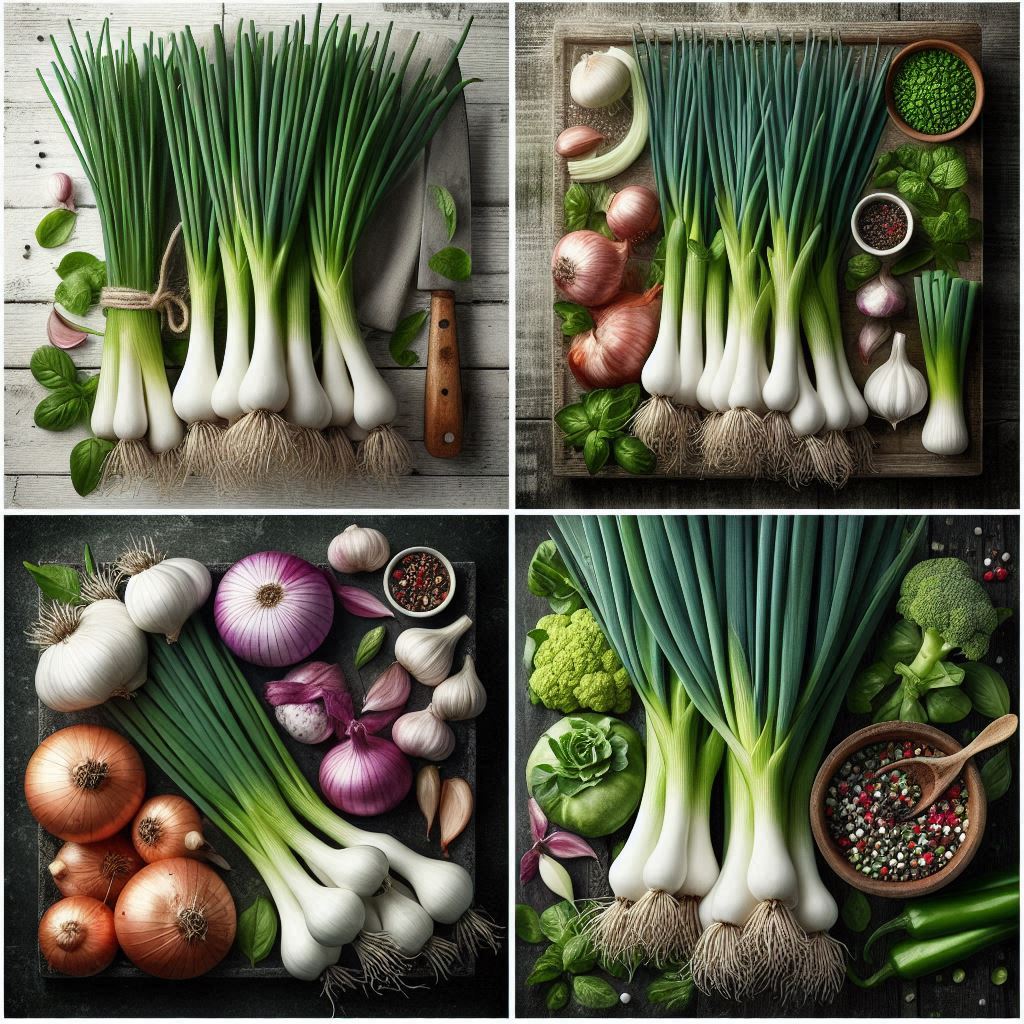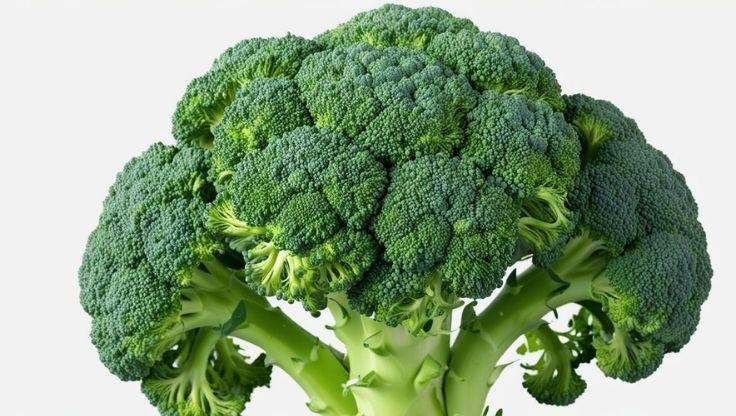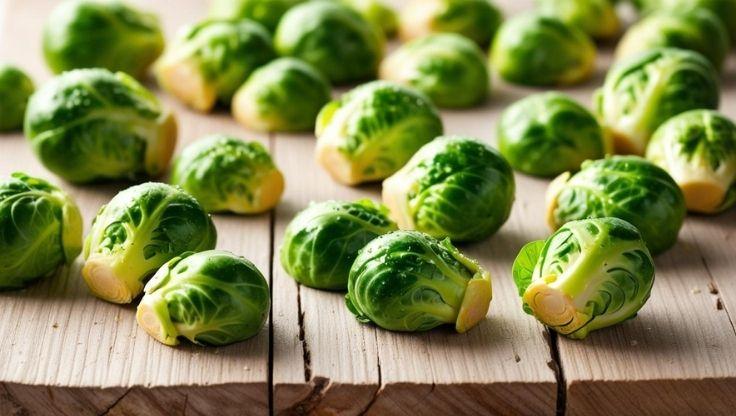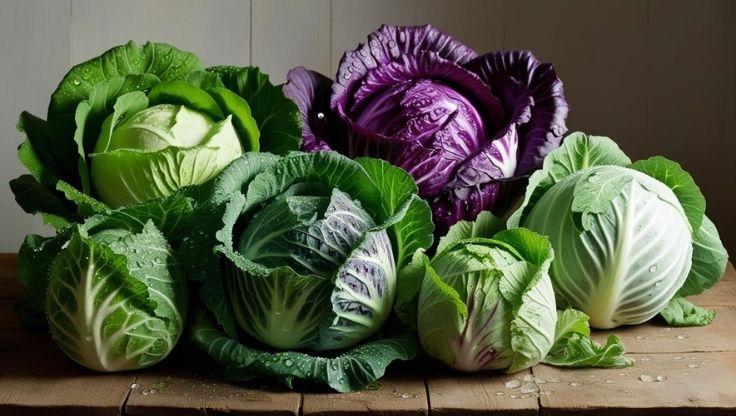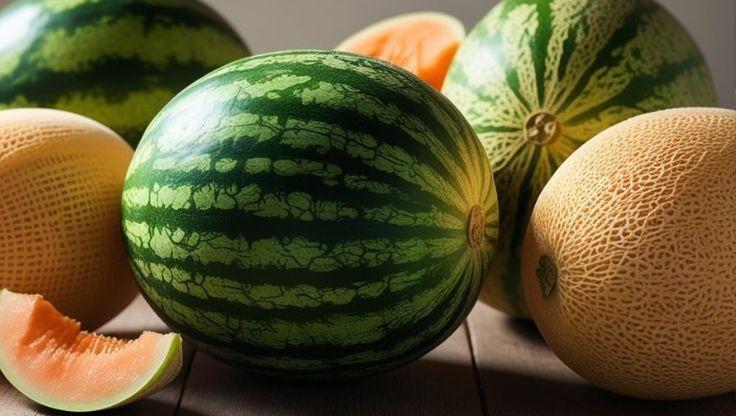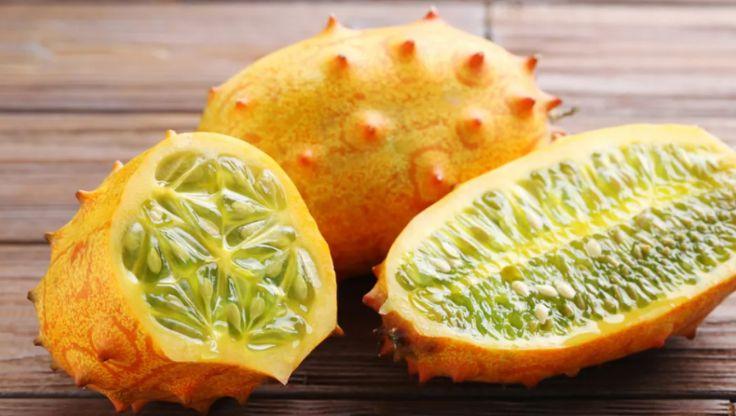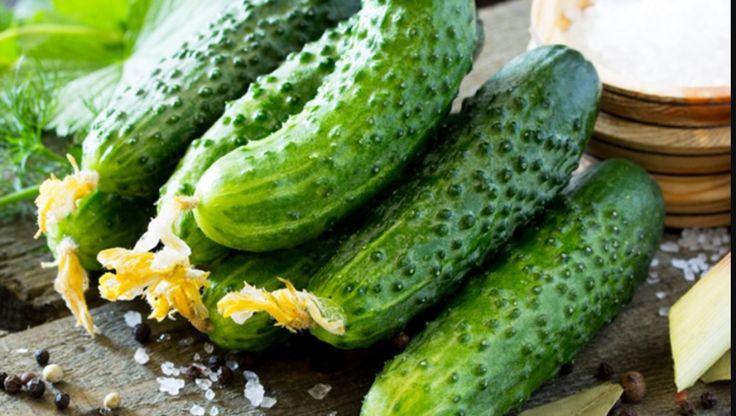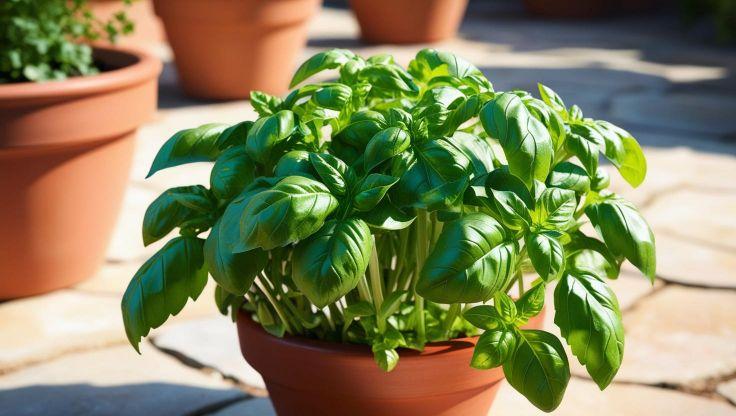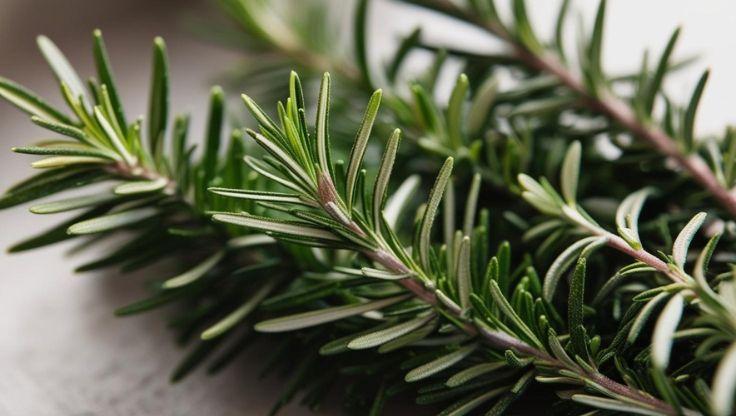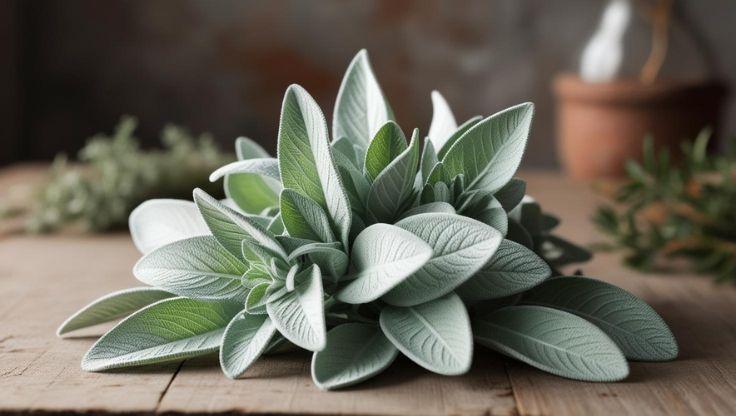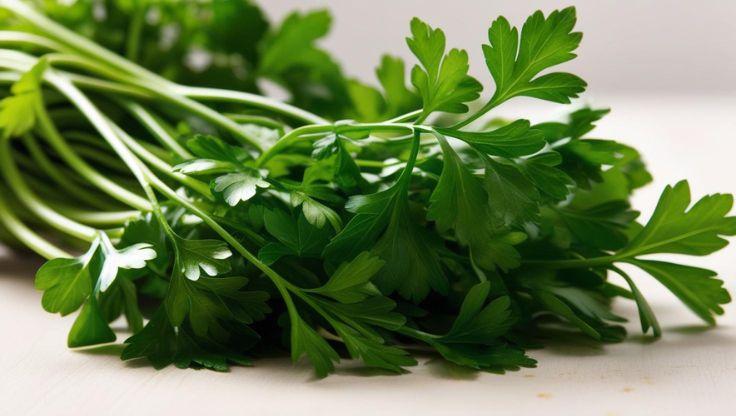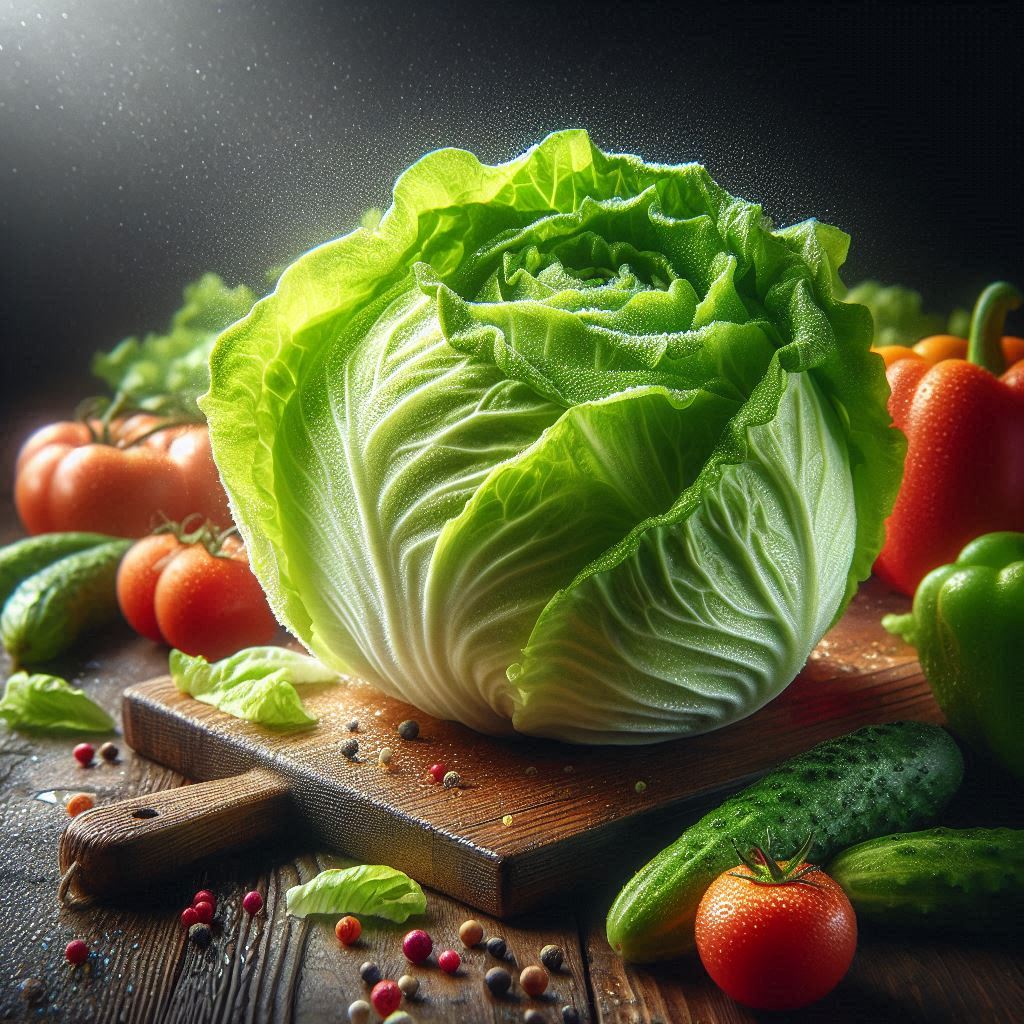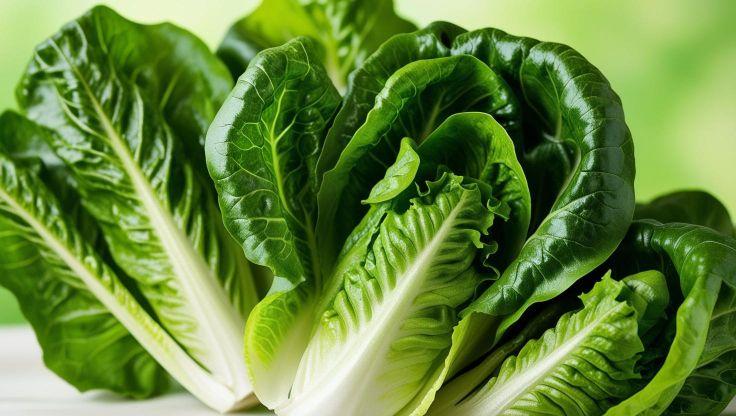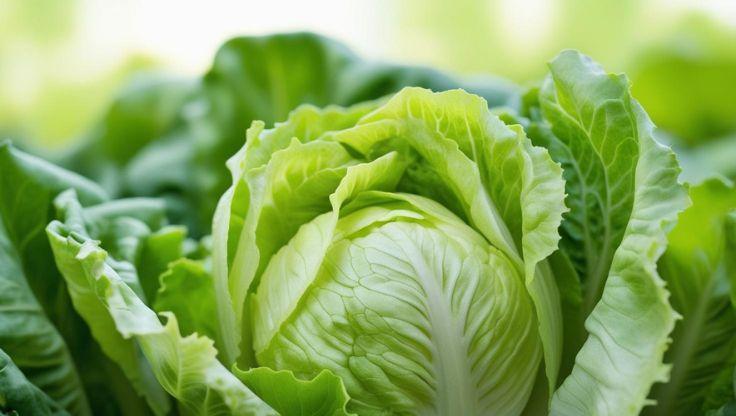Hydroponic Plants: A Guide to Growing Cabbages in a Hydroponic System
Cabbages (Brassica oleracea var. capitata), a widely cultivated Brassica vegetable, are known for their dense, leafy heads and high nutritional value. Originating from Europe, cabbages have been a staple food for centuries. Unlike traditional soil-based farming, hydroponic plants thrive in controlled environments, ensuring optimal nutrient absorption and faster growth. The hydroponic system eliminates soil-related challenges, leading to higher yields and superior plant quality.

Optimized Guide to Hydroponic Growing Conditions for Cabbages
Hydroponic plants, including cabbages, thrive in controlled environments that enhance nutrient absorption, accelerate growth, and minimize disease risks. By maintaining precise conditions, growers can achieve superior yields and healthier crops.
Ideal pH and EC Levels
Ensuring the correct pH and electrical conductivity (EC) levels is essential for optimal nutrient uptake and overall plant health.
- pH: The recommended range for hydroponic cabbage cultivation is 5.5–6.5, which facilitates efficient absorption of vital nutrients.
- EC: Keeping EC levels between 2.5–3.0 mS/cm ensures a balanced nutrient supply, preventing deficiencies or toxicities.
Light, Temperature, and Humidity Requirements
Like other hydroponic plants, cabbages require specific environmental conditions to support steady growth and robust head formation.
- Light: Hydroponic cabbages thrive with 12–16 hours of exposure to full-spectrum LED grow lights, which replicate natural daylight and enhance photosynthesis.
- Temperature: The ideal temperature range for hydroponic cabbage growth is 15–22°C, preventing slow development and ensuring optimal metabolic activity.
- Humidity: Maintaining humidity levels between 50–70% supports healthy head formation while minimizing the risk of fungal infections.
Additional Considerations for Hydroponic Cabbage Cultivation
Selecting the appropriate cabbage variety is crucial for maximizing yield. Popular hydroponic varieties include Golden Acre, Red Express, and Savoy King, which are well-suited to controlled environments. Additionally, hydroponic systems provide enhanced nutrient delivery, reduced water consumption, and accelerated growth cycles, making them a sustainable alternative to traditional soil-based farming.
Hydroponic plants benefit from precise nutrient control, ensuring optimal growth conditions while minimizing resource wastage. Both commercial farmers and home gardeners can leverage hydroponic systems to achieve higher yields and faster growth rates, making this method an efficient and sustainable approach to modern agriculture.
Optimized Guide to Nutrient Solutions & Water Management for Hydroponic Cabbage Growing
Hydroponic plants, including cabbages, require precise nutrient solutions and water management to thrive in a controlled environment. By carefully balancing macronutrients and micronutrients, growers can ensure optimal growth, healthy head formation, and increased yields.
Essential Macronutrients for Hydroponic Cabbage Growth
A well-balanced nutrient solution is fundamental to the success of hydroponic cabbage cultivation. Macronutrients play a crucial role in different growth phases:
- Nitrogen (N): Supports leafy growth and overall plant vigor, particularly in early development stages.
- Phosphorus (P): Essential for root development and energy transfer, ensuring strong structural integrity.
- Potassium (K): Enhances disease resistance and regulates water uptake, contributing to firm and healthy cabbage heads.
Key Micronutrients for Head Formation
While macronutrients provide the foundation for growth, micronutrients are equally important in hydroponic plants:
- Calcium (Ca): Strengthens cell walls, preventing disorders like tip burn and ensuring compact head formation.
- Magnesium (Mg): Plays a vital role in chlorophyll production, supporting photosynthesis and overall plant health.
Water Management & Oxygenation Strategies
Proper water management is essential for hydroponic cabbage success. Oxygenation and periodic nutrient solution refreshes prevent stagnation and ensure continuous nutrient availability:
- Oxygenation: Using air pumps or aerators improves root oxygenation, preventing root rot and enhancing nutrient absorption.
- Solution Refreshing: Regularly replacing the nutrient solution prevents imbalances and maintains optimal pH and EC levels.
By implementing these strategies, hydroponic plants can achieve superior growth rates, healthier development, and sustainable yields. Hydroponic cabbage cultivation offers an efficient and resource-conscious alternative to traditional farming, ensuring consistent production in controlled environments.
Optimized Guide to the Seed-to-Harvest Process for Hydroponic Cabbage Growing
Hydroponic plants, including cabbages, follow a structured growth cycle that ensures faster development, improved nutrient absorption, and superior head formation. By carefully managing each stage, growers can achieve higher yields and healthier crops.
Seed Germination and Early Growth
The journey of hydroponic cabbage begins with seed germination, a critical phase that determines plant vigor.
- Seed Density: For optimal germination, 2–3 seeds should be placed per hole, ensuring strong seedling development.
- Germination Time: Cabbage seeds typically sprout within 4–7 days, provided they receive adequate moisture and warmth.
- Early Care: Maintaining a temperature range of 18–24°C supports healthy seedling growth, while consistent light exposure enhances photosynthesis.
Transplanting and Growth Acceleration
Once seedlings develop strong roots and true leaves, they are ready for transplanting into hydroponic systems.
- Transplant Timing: Seedlings should be moved to their hydroponic setup within 4–6 weeks after germination.
- Growth Duration: Hydroponic cultivation accelerates cabbage growth, with maturity occurring 80–100 days post-germination.
- Nutrient Optimization: A well-balanced nutrient solution ensures robust head formation and prevents deficiencies.
Popular Hydroponic Cabbage Varieties
Selecting the right cabbage variety is essential for maximizing yield and quality. Some of the most suitable hydroponic varieties include:
- Golden Acre: A compact, fast-growing variety ideal for controlled environments.
- Red Express: Known for its vibrant color and adaptability to hydroponic conditions.
- Savoy King: A textured-leaf variety that thrives in nutrient-rich hydroponic systems.
Uses and Benefits of Hydroponic Cabbages
Hydroponic plants, including cabbages, offer numerous advantages in both culinary applications and health benefits. As a staple Brassica vegetable, cabbages are widely used in global cuisines and provide essential nutrients that support overall well-being.
Culinary Applications of Hydroponic Cabbages
Cabbages are a versatile ingredient in various dishes, enhancing flavors and textures across different cooking methods.
- Soups and Stews: Hydroponic cabbages add depth to broths and slow-cooked meals, enriching their nutritional value.
- Stir-Fries and Salads: Their crisp texture makes them ideal for fresh salads and quick stir-fry dishes.
- Sauces and Fermented Foods: Cabbages are blended into sauces for both sweet and savory dishes and are commonly used in fermented foods like kimchi and sauerkraut.
Health Benefits of Hydroponic Cabbages
Beyond their culinary versatility, hydroponic plants like cabbages provide significant health benefits.
- Rich in Nutrients: Cabbages are packed with antioxidants, vitamin C, and fiber, supporting overall health.
- Heart Health and Digestion: Regular consumption helps maintain cardiovascular health and promotes efficient digestion.
- Anti-Inflammatory Properties: The presence of natural compounds aids in reducing inflammation and boosting immune function.
By incorporating hydroponic cabbages into daily meals, individuals can enjoy both their culinary diversity and their numerous health advantages. Hydroponic plants continue to revolutionize modern agriculture, offering sustainable and nutrient-rich alternatives to traditional farming methods.
Sustainability Advantages
A hydroponic system reduces pesticide dependency, enhances water conservation, and supports year-round cultivation.
Research for expert insights
Dive into these comprehensive articles for authoritative insights and valuable information.
|
Institution |
Article Title |
Article Link |
|---|---|---|
|
International Journal of Environment, Agriculture and Biotechnology |
Productivity and Cost Analysis of Chinese Cabbage in Hydroponic Wick System |
|
|
MDPI Agronomy |
Enhancing Chinese Cabbage Production and Quality through IoT-Based Smart Farming in NFT-Hydroponics |
|
|
PLOS One |
Hydroponic Chinese Flowering Cabbage Detection and Localization Algorithm Based on Improved YOLOv5s |
Their methodical study presents detailed expertise, making them a crucial reference for anyone looking to enhance their knowledge.


